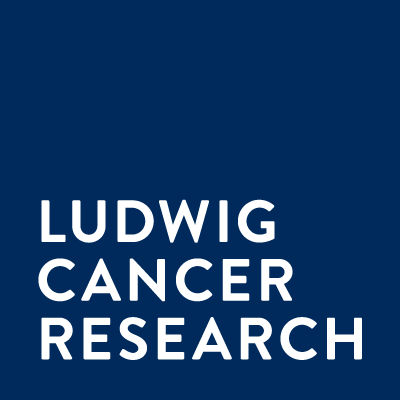This study evaluated the safety and clinical benefit of ecromeximab (KW2871) combined with high-dose interferon-α2b (HDI) in patients with metastatic melanoma. We also carried out pharmacokinetic and immune monitoring studies of this combination. This was an open-label, phase 1/2 study of ecromeximab plus HDI in patients with measurable metastatic melanoma. Eligible patients received ecromeximab-HDI combination therapy: ecromeximab administered intravenously once every 2 weeks and HDI at a dose of 20 million units (MU)/m2 administered intravenously for 5 consecutive days per week for the first 4 weeks (induction phase) and then at 10 MU/m2 subcutaneously thrice weekly through week 14 (maintenance phase). Patients were treated with combination therapy until disease progression or limiting toxicity. Three dose-escalation cohorts (5, 10, and 20 mg/m2) of ecromeximab were planned. Thirty-six evaluable patients were enrolled including six in each of cohorts 1 and 2, and 24 in cohort 3. Median progression-free survival was 2.53 months [95% confidence interval (CI):1.93–3.83] and it was 1.93 months (95% CI: 1.00–3.80) in cohort 3. The median overall survival was 10.28 months (95% CI: 6.93–16.77) and 7.78 months (95% CI: 6.03–13.97) in cohort 3. There was no significant difference in progression-free survival or overall survival by BRAF mutation status. The response rate was 5.6% (95% CI: 0.68–18.7), with two patients showing an objective response (one complete response and one partial response), and the clinical benefit rate was 78% (95% CI: 61–90). Stable disease as best response was observed in 26 (72%) patients including five in each of cohorts 1 and 2, and 16 in cohort 3. Treatment-emergent adverse events considered related to ecromeximab treatment occurred in four (66.7%) patients in cohort 1, five (83.3%) patients in cohort 2, and seven (29.2%) patients in cohort 3. Among TEAEs with a maximum severity of grade 3 or 4, those that occurred only in cohort 3 were related to pain, electrolyte imbalance, blood cell decreases, and allergic reaction. Safety and efficacies considered related to ecromeximab occurred in cohort 3 and included grade 3 hypersensitivity [one (4.2%)] and grade 2 hypotension [one (4.2%)]. Regimen-limiting toxicities occurred in two (8.3%) patients in cohort 3: hypersensitivity (with hypertension, supraventricular tachycardia, bronchospasm, chills, and dyspnea) and hypotension. One patient out of 31 examined showed a low-level transient positivity for human antichimeric antibodies against ecromeximab. Pharmacokinetic measurements by enzyme-linked immunosorbent assay determined that administration of HDI does not influence serum levels of ecromeximab at 5, 10, and 20 mg/m2 dose levels. Ecromeximab in combination with HDI was generally well tolerated in patients with metastatic melanoma and has shown low immunogenicity. However, the clinical activity was limited, suggesting that future development of this combination should be deprioritized and that other combinations, such as with immune checkpoint inhibitors, should be considered.










